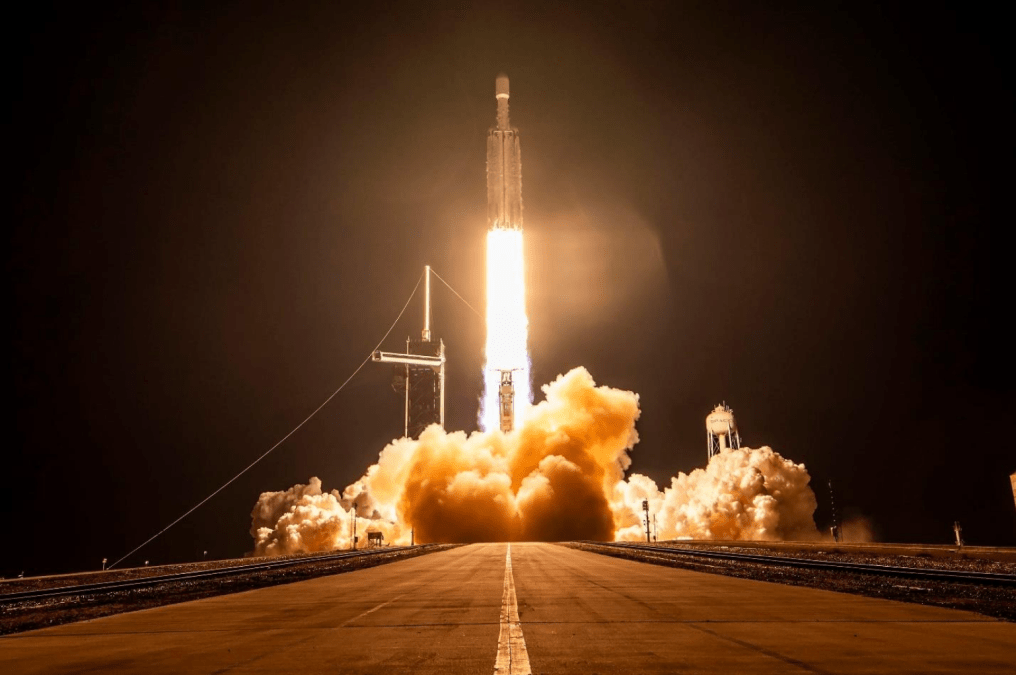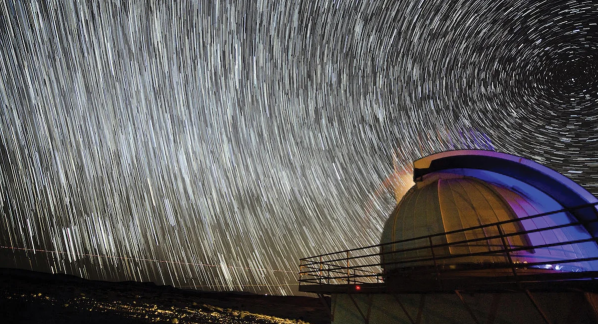Space Force launches X-37B robotic space plane for new round of classified experiments

After a series of delays, the Space Force’s secretive X-37B orbital test vehicle was finally launched into space for its seventh experimental mission, the service announced Thursday.
The SpaceX Falcon Heavy rocket hoisted the unmanned space plane into orbit Thursday from NASA’s Kennedy Space Center in Florida after unspecified ground equipment issues and bad weather forced the company to push back the launch, which was originally scheduled for Dec. 7.
Although details about the latest mission have been largely kept behind closed doors, the Space Force said in November that some tests will include “operating in new orbital regimes, experimenting with space domain awareness technologies and investigating the radiation effects to NASA materials.”
“This was a very important mission and our teams worked shoulder-to-shoulder to ensure a successful launch,” Brig. Gen. Kristin Panzenhagen, commander of Space Launch Delta 45, said in a statement. “Our national security space missions are the most stressing within our launch portfolio, and we have multiple world class organizations that come together to make the magic happen.”
First launched in 2010, the Boeing-made X-37B has served as an on-orbit, experimental testbed for novel technologies being developed by the Pentagon and NASA across six missions. The reusable space plane is able to conduct demonstrations during its years-long flights before landing back on Earth, where it can be repurposed for future missions.
Its most recent flight lasted 908 days, after which it returned to Earth in November 2022.
“The technological advancements we’re driving on X-37B will benefit the broader space community, especially as we see increased interest in space sustainability,” Michelle Parker, Boeing’s vice president of space mission systems, said in a statement. “We are pushing innovation and capability that will influence the next generation of spacecraft.”
Thursday’s launch marks the first time an X-37B has been carried to space by SpaceX’s Falcon Heavy rocket — an ultra powerful launch vehicle that could lift the military plane into higher orbital regimes than previous flights. SpaceX’s Falcon 9 system was used for the X-37B’s sixth mission, while the previous five leveraged the United Launch Alliance’s Atlas V rocket.
Previous X-37B flights have tested space-to-ground solar energy technology developed by the Naval Research Laboratory and how organic materials react to exposure in space over long periods of time.






